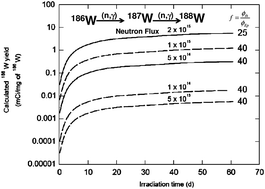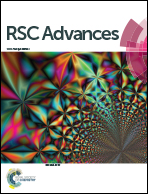An overview of radioisotope separation technologies for development of 188W/188Re radionuclide generators providing 188Re to meet future research and clinical demands
Abstract
The role of the tungsten-188/rhenium-188 (188W/188Re) generator system to provide the no-carrier added (NCA) 188Re therapeutic radionuclide for applications in nuclear medicine and oncology is well established. The evolution and successful use of the 188W/188Re generator in nuclear medicine has resulted from new discoveries and innovations from separation science along with technological advances which have broadened the scope and utility of 188W/188Re generators. Nonetheless, there are still additional opportunities for improvements and innovations in separation science which will undoubtedly continue to provide improvements in 188W/188Re generator technology. In this review, we discuss the reported separation technologies such as the adsorption-type systems which have been traditionally used as well as emerging separation technologies which have the potential for further development of 188W/188Re generator systems. This article also outlines the comparative advantages and disadvantages of various key separation technologies. Further, the regulatory challenges, the impact on 188W/188Re technology with the emergence of professionally run central radiopharmacies, and the role of automation are discussed.


 Please wait while we load your content...
Please wait while we load your content...